Home>Renovation & DIY>Tools & Equipment>What Grit Sandpaper Do You Use For Drywall
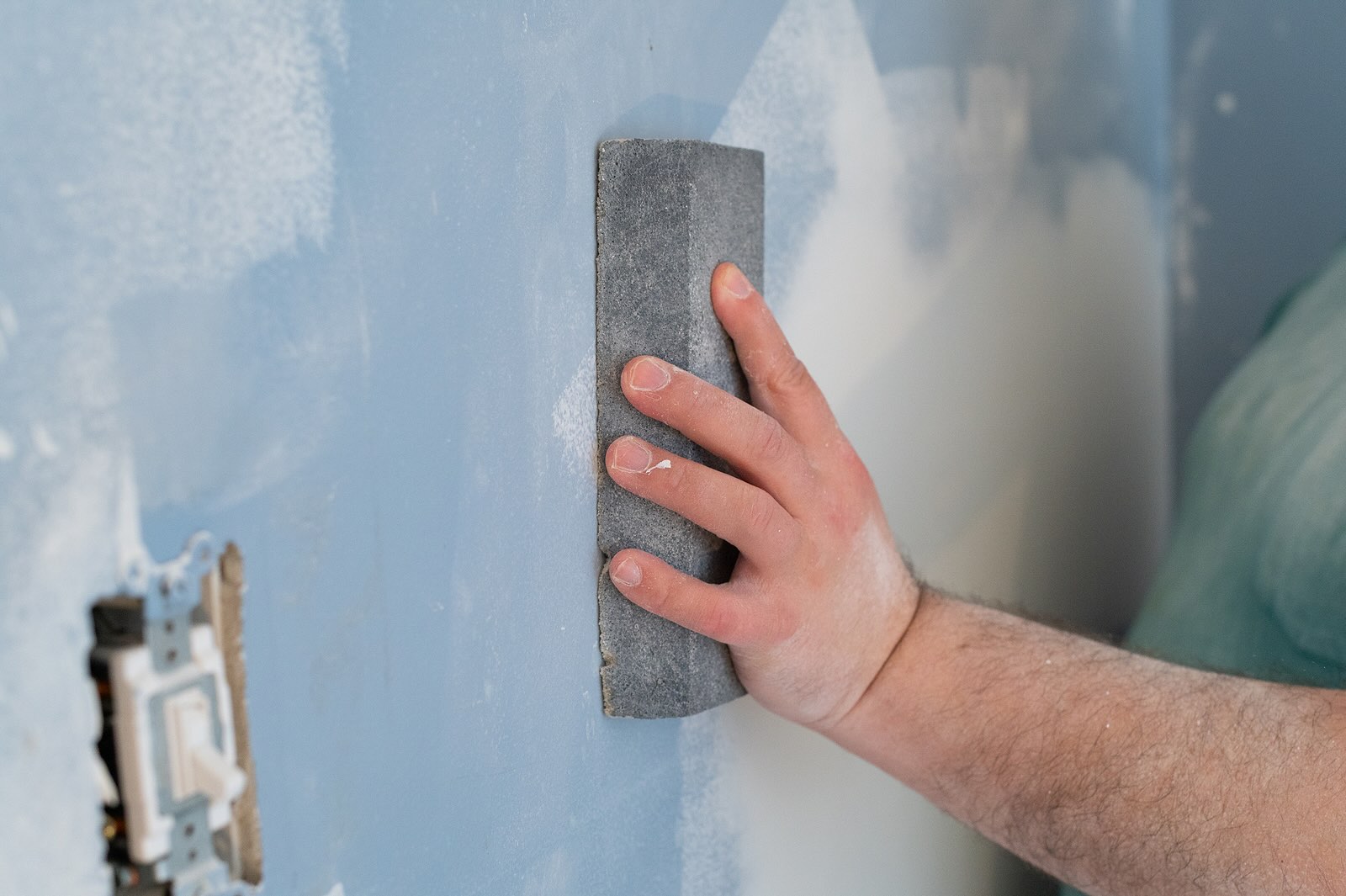

Tools & Equipment
What Grit Sandpaper Do You Use For Drywall
Published: December 20, 2023
Find out the ideal grit sandpaper for drywall with our comprehensive guide. Get expert tips and advice on using the right tools and equipment for the job.
(Many of the links in this article redirect to a specific reviewed product. Your purchase of these products through affiliate links helps to generate commission for Storables.com, at no extra cost. Learn more)
Introduction
Welcome to the world of drywall! Whether you are a DIY enthusiast or a professional contractor, knowing the right techniques and tools is essential for achieving flawless results. One crucial step in the drywall finishing process is sanding. To achieve a smooth and even surface, it is essential to use the right grit sandpaper.
In this article, we will delve into the world of sandpaper and explore the different grits used for drywall sanding. By understanding the importance of grit selection, you will be equipped with the knowledge to produce professional-quality results.
But before we dive into the details, let’s take a brief moment to understand what grit sandpaper actually is.
Key Takeaways:
- Choose the right grit sandpaper for drywall to achieve a flawless finish. Start with a coarser grit to address imperfections and gradually progress to finer grits for a level and uniform surface.
- Experiment with different sandpaper grits to find the perfect sequence for your specific drywall sanding needs. Don’t skip grits and practice proper sanding techniques for professional-quality results.
Read more: What Grit Sandpaper To Use On Car
Understanding Grit Sandpaper
Grit sandpaper, also known as abrasive paper, is a specialized tool used for sanding surfaces. It is made up of small abrasive particles bonded to a paper backing. The abrasive particles vary in size and coarseness, which is determined by the grit rating.
The grit rating of sandpaper indicates the number of abrasive particles per square inch. A higher grit number means smaller particles, resulting in a finer sanding surface. Conversely, a lower grit number indicates larger particles, resulting in a coarser sanding surface.
The purpose of sanding with different grits is to progressively refine the surface texture. Starting with a coarser grit helps to remove imperfections, such as rough spots or high spots. As the sanding progresses, a finer grit is used to smooth out the surface, achieving a level and uniform finish.
It is important to note that the selection of the grit sandpaper depends on the task at hand. Different materials and surfaces require different levels of abrasion to achieve the desired result.
Now that we have a basic understanding of grit sandpaper, let’s explore the factors to consider when sanding drywall.
Factors to Consider for Drywall Sanding
Drywall sanding is a critical step in achieving a smooth and flawless finish. Before you reach for your sandpaper, there are a few factors to consider that will help you achieve the best results:
- Condition of the Drywall: Assess the overall condition of the drywall. If there are major imperfections, such as bumps, ridges, or large joint compound seams, you may need to use a coarser grit sandpaper initially to level out these areas.
- Type of Drywall Compound: Different drywall compounds have varying hardness levels. Lightweight joint compound, for example, is softer and may require a finer grit sandpaper for sanding, while an all-purpose joint compound may require a slightly coarser grit.
- Sanding Method: Consider the sanding method you will be using. Hand sanding is suitable for smaller areas and detail work, while power sanders, such as an orbital sander or a drywall sander, are more effective for larger areas.
- Dust Control: Dust is an inevitable byproduct of drywall sanding. To minimize the mess and keep the air clean, use a sander with a built-in dust collection system or employ proper ventilation and use a mask to protect yourself from the fine particles.
- Sanding Techniques: Learn proper sanding techniques to avoid over-sanding or leaving behind visible sanding marks. Use light pressure and sand in a smooth, circular or back-and-forth motion. Feather the edges of the sanded area to blend it seamlessly with the surrounding surface.
Considering these factors will ensure that you approach the sanding process with the right mindset and achieve optimal results. Now, let’s move on to the most important aspect: choosing the right grit sandpaper for drywall.
For drywall, use 120-150 grit sandpaper for the initial sanding to smooth out imperfections. Then, switch to 220-240 grit for a finer finish before priming and painting.
Choosing the Right Grit Sandpaper for Drywall
Choosing the right grit sandpaper for drywall is crucial to achieve a smooth and flawless finish. Here are some guidelines to help you select the appropriate grit:
1. Start with a Coarser Grit: If you are starting with a rough or textured surface, it is advisable to begin with a coarser grit sandpaper, such as 80 or 100. This will help remove any high spots, bumps, or imperfections in the drywall.
2. Progress to Finer Grits: As you progress through the sanding process, gradually switch to finer grit sandpapers. Move from 120 or 150 grit to 180 or 220 grit. This will help smooth out the surface and blend the sanded areas with the rest of the drywall.
3. Consider the Depth of the Imperfection: For minor imperfections or light touch-ups, you may only need to use a fine grit sandpaper, such as 220 or 240. These grits are suitable for final smoothing and achieving a uniform finish.
4. Experiment with Different Grits: Every sanding project is unique, and the condition of the drywall may vary. It is a good idea to have a variety of sandpaper grits on hand so that you can experiment and determine the most suitable grit for the specific task at hand.
5. Don’t Skip Grits: It’s important to remember that skipping grits can lead to visible sanding marks or a less-than-perfect surface. Make sure to progress gradually through the grits, ensuring that each level of abrasion is properly smoothed out before moving to the next.
Remember to use a light touch when sanding and let the sandpaper do the work. Applying too much pressure can result in uneven sanding or even damage to the drywall surface.
Now, let’s explore the different grits of sandpaper commonly used for drywall sanding.
Different Grits of Sandpaper for Drywall
When it comes to sanding drywall, a range of grits is typically used to achieve a smooth and flawless finish. While the exact grit selection may vary depending on the specific project, here are the most commonly used grits for drywall sanding:
1. 80 or 100 Grit: These are considered coarse grits and are ideal for initial sanding of rough surfaces, such as freshly hung drywall or areas with significant imperfections. They help remove high spots, ridges, and other rough textures.
2. 120 or 150 Grit: These medium grits are suitable for intermediate sanding after the initial coarse sanding. They help to smooth out the surface, blending the sanded areas with the rest of the drywall. These grits are often used for general sanding during the drywall finishing process.
3. 180 or 220 Grit: These fine grits are typically used for final sanding and achieving a smooth, uniform surface. They help to remove any remaining scratches or imperfections left by the coarser grits. These grits are also commonly used for sanding joint compound seams and achieving seamless transitions.
4. 240 or 320 Grit: These extra-fine grits are used for the final touches and achieving a polished finish. They are perfect for sanding small areas, touch-ups, and feathering the edges of the sanded areas. These grits are particularly useful when preparing the drywall for priming and painting.
Keep in mind that these grit ranges are not set in stone and may vary based on personal preference and the specific condition of the drywall. It is always a good idea to start with a coarser grit and gradually work your way to finer grits for optimal results.
It is important to note that sandpaper can wear out over time or become clogged with dust and debris. If you notice that the sandpaper is losing its effectiveness or is clogging too quickly, it is a good time to switch to a fresh piece of sandpaper to ensure efficient sanding.
With a clear understanding of the different grits used for drywall sanding, you are now ready to tackle your next project with confidence and achieve professional-quality results.
To recap, starting with a coarser grit to remove imperfections, progressing to finer grits for smoothing and blending, and using extra-fine grits for final touches and polishing will help you achieve a flawless finish.
Experiment, practice, and refine your technique to find the perfect grit sequence that works best for your specific drywall sanding needs.
So, grab your sandpaper and get ready to transform your drywall into a smooth canvas ready for painting and finishing!
Read more: What Is 5000 Grit Sandpaper Used For
Conclusion
Choosing the right grit sandpaper for drywall is a crucial step in achieving a smooth and flawless finish. By understanding the different grits and their purposes, you can ensure that your sanding efforts yield professional-quality results.
Remember to assess the condition of the drywall, consider the type of drywall compound being used, and select the appropriate sanding method for the task at hand. Take into account factors such as dust control and proper sanding techniques to minimize mess and achieve optimal results.
Starting with a coarser grit to address imperfections and gradually progressing to finer grits will help you achieve a level and uniform finish. Don’t skip grits and experiment with different grits to find the best sequence for your specific project.
Whether you are a DIY enthusiast or a professional contractor, understanding grit sandpaper and its role in drywall sanding will empower you to achieve exceptional results. By taking the time to select the right grit for each stage of the sanding process, you can transform your drywall into a flawless canvas ready for painting and finishing.
So, the next time you embark on a drywall project, remember the importance of selecting the appropriate grit sandpaper and follow the guidelines laid out in this article. By doing so, you will take your drywall finishing skills to the next level and achieve results that are sure to impress.
Happy sanding!
Frequently Asked Questions about What Grit Sandpaper Do You Use For Drywall
Was this page helpful?
At Storables.com, we guarantee accurate and reliable information. Our content, validated by Expert Board Contributors, is crafted following stringent Editorial Policies. We're committed to providing you with well-researched, expert-backed insights for all your informational needs.
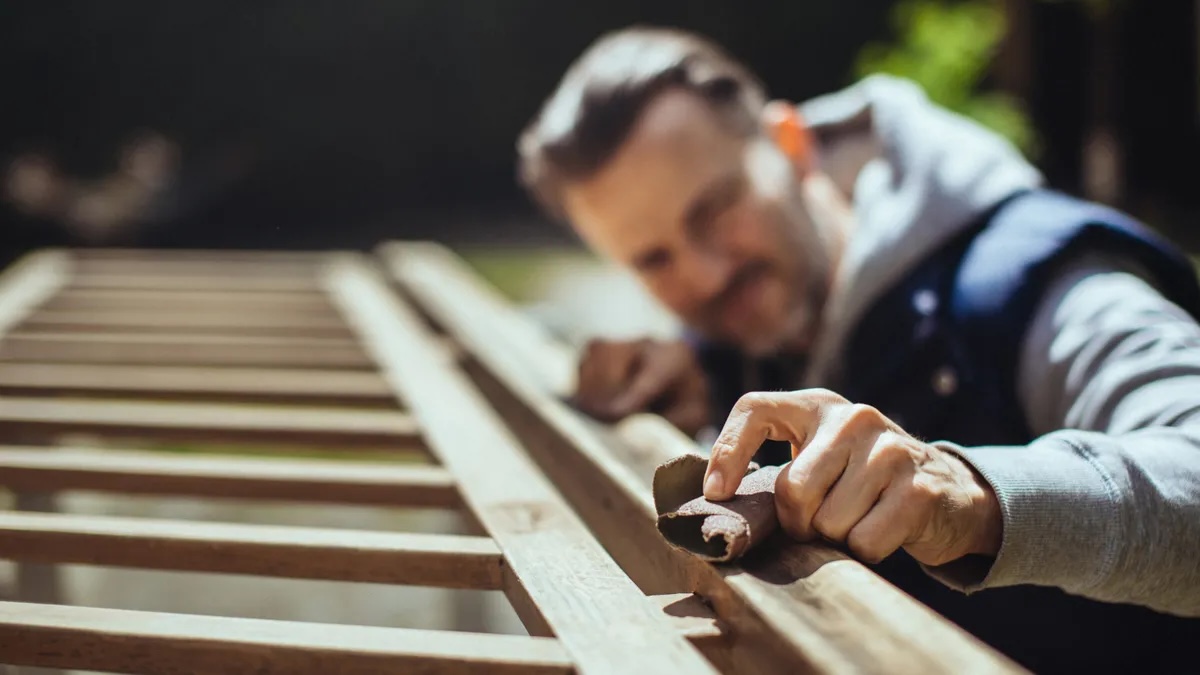
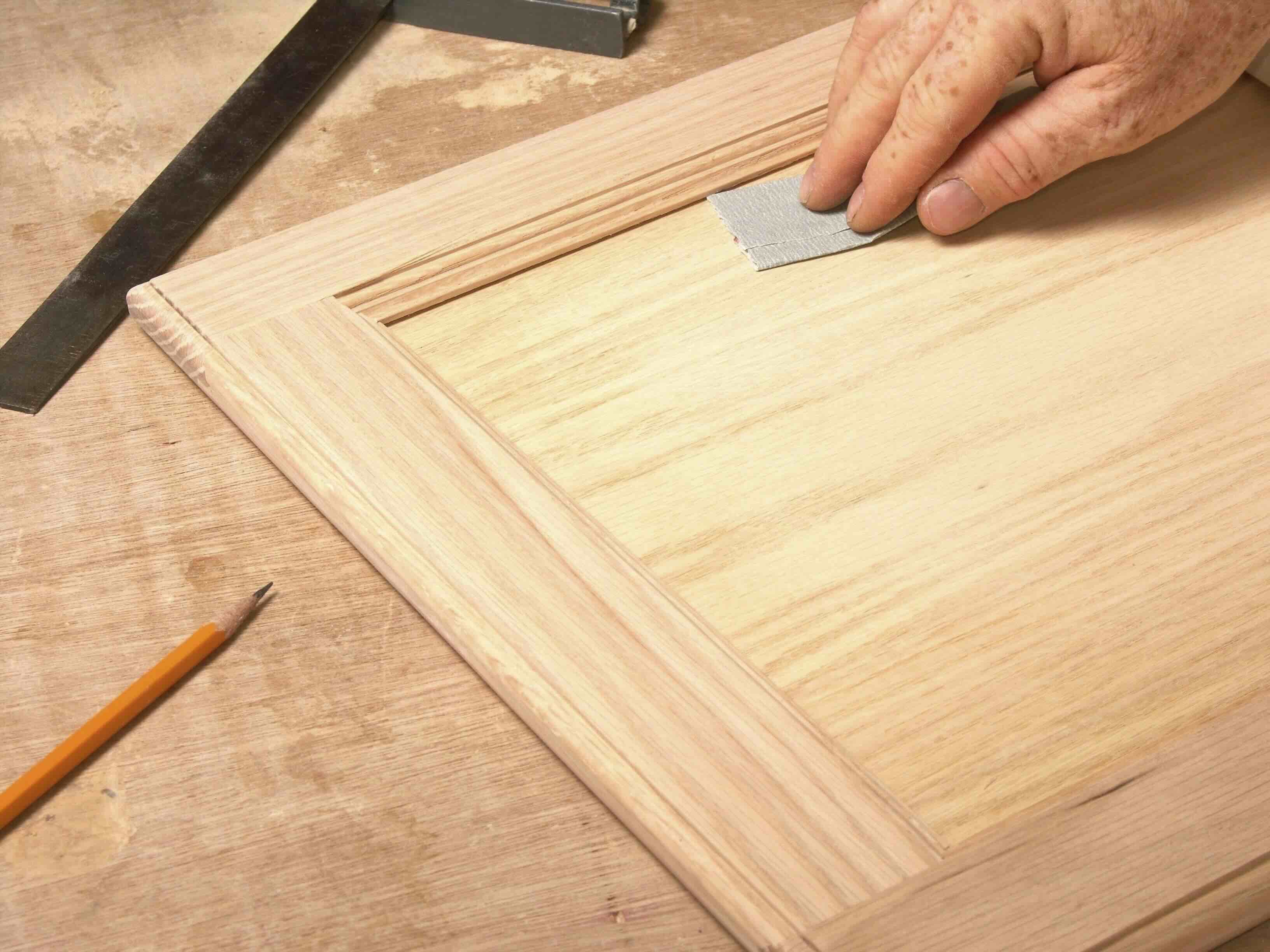
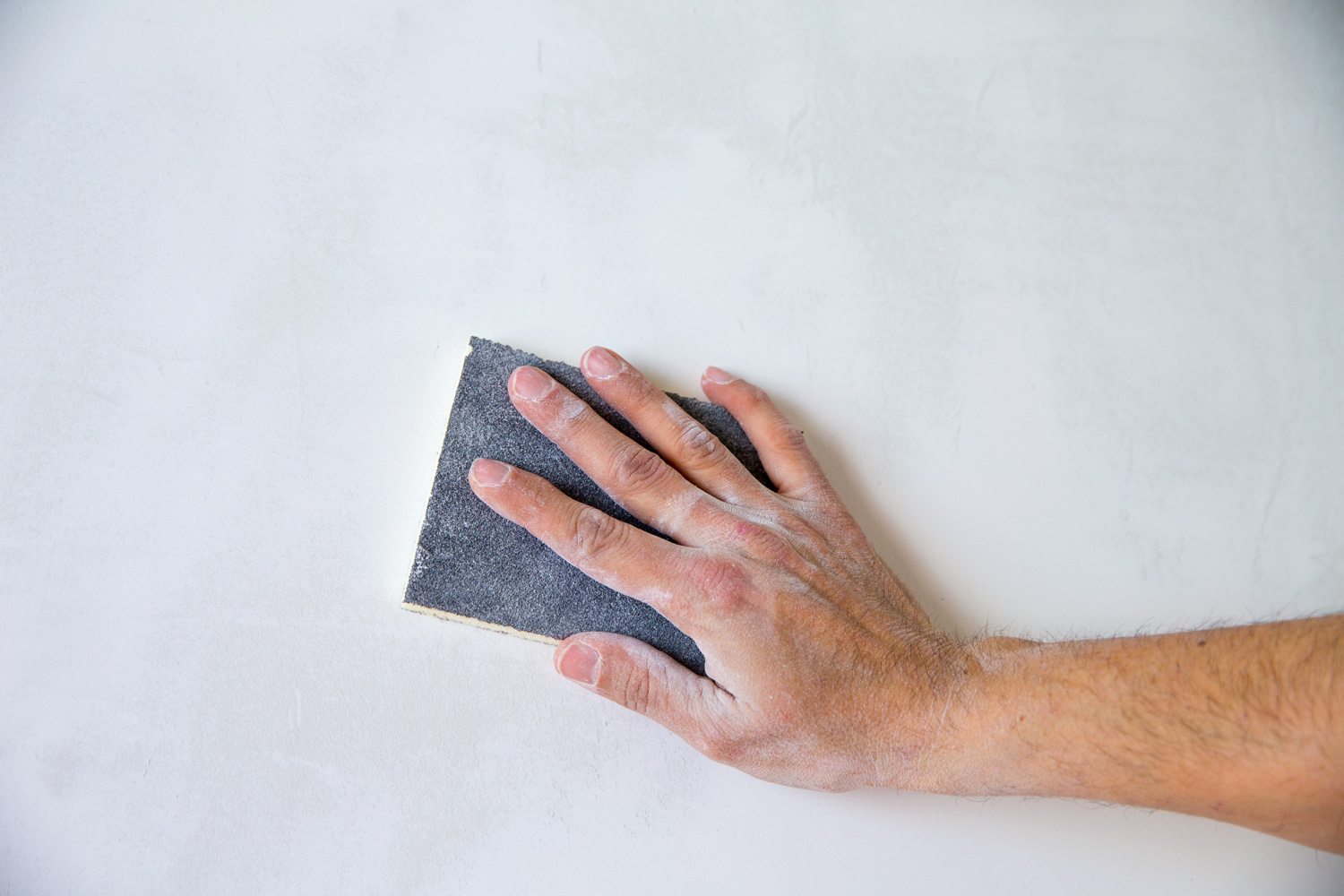

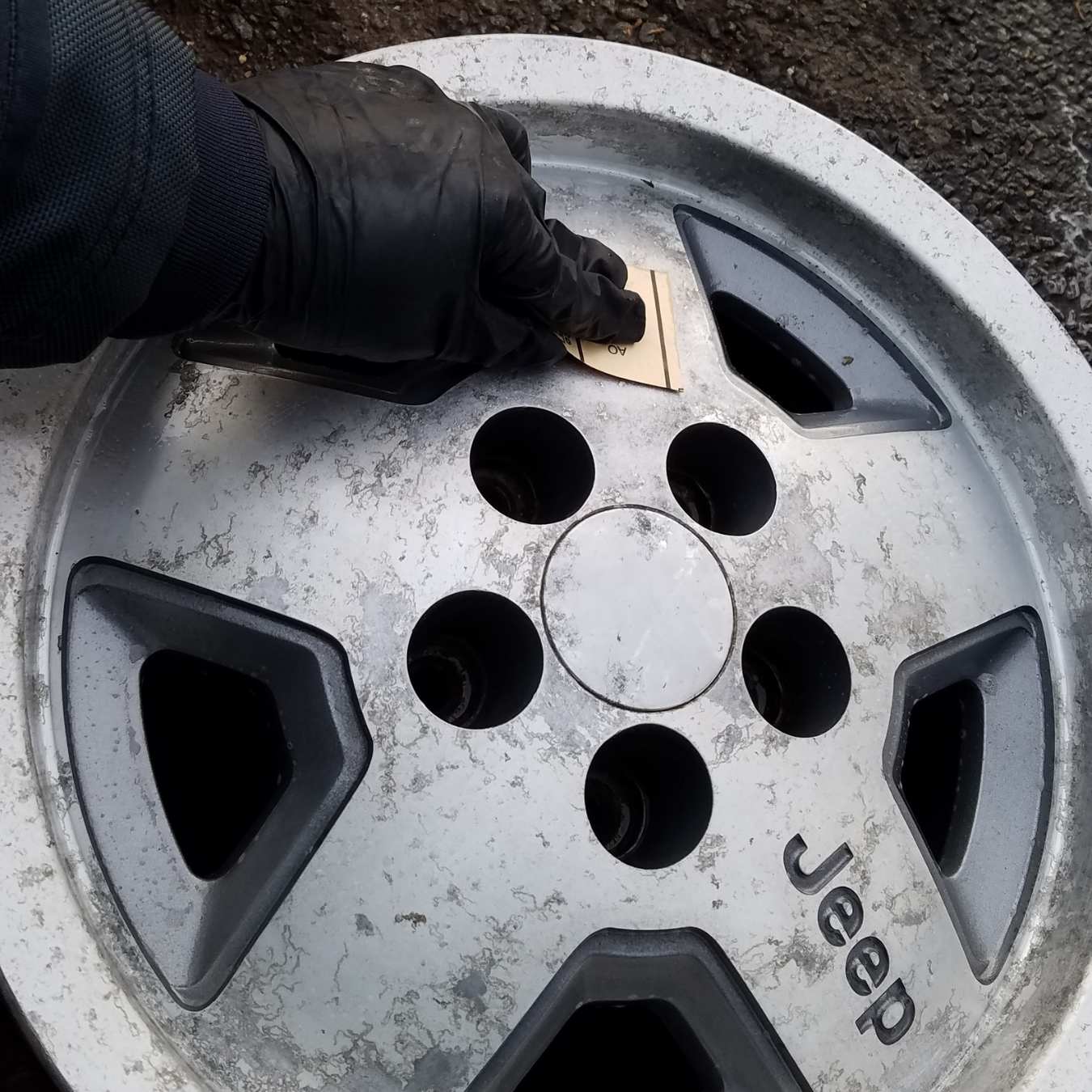
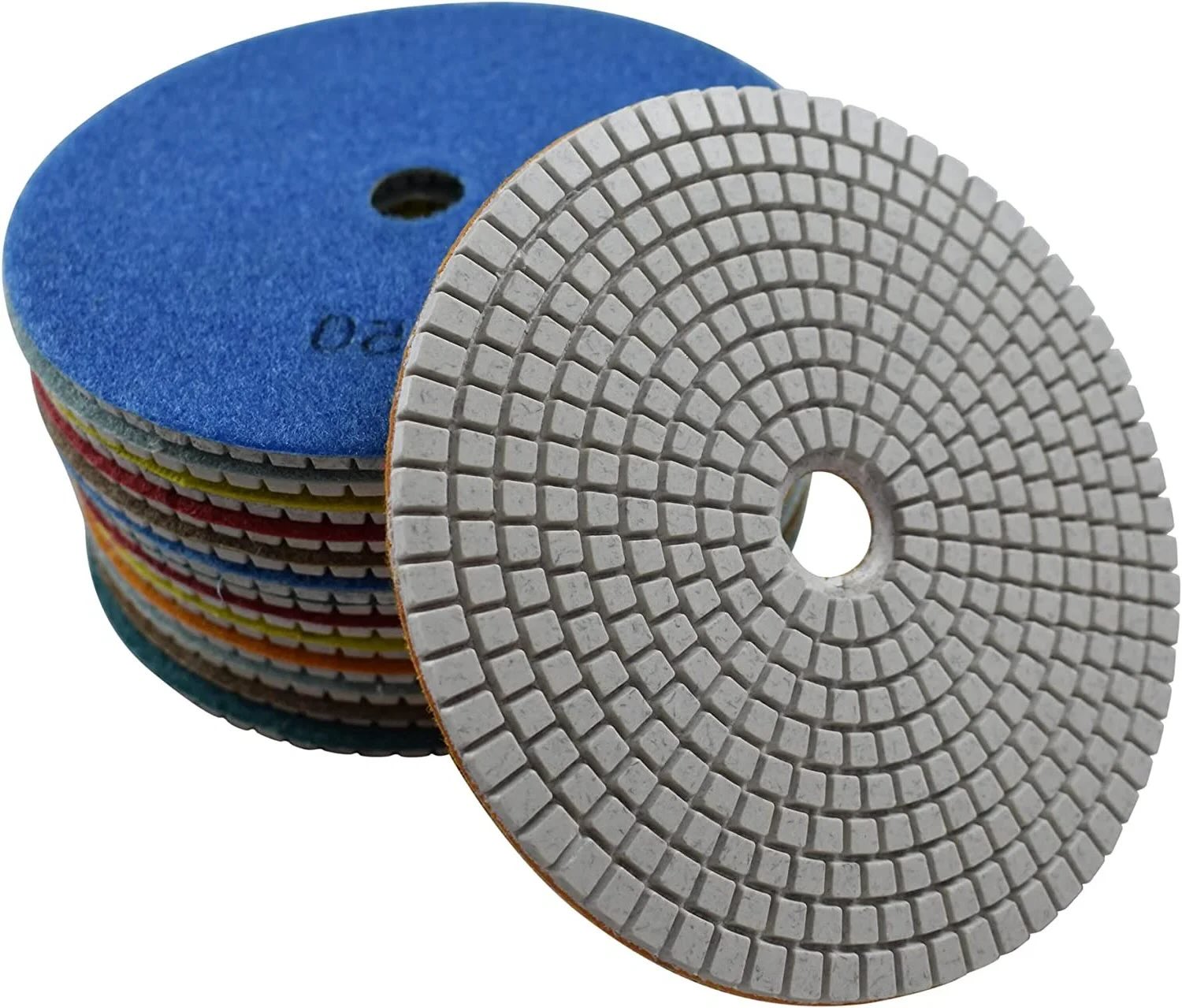
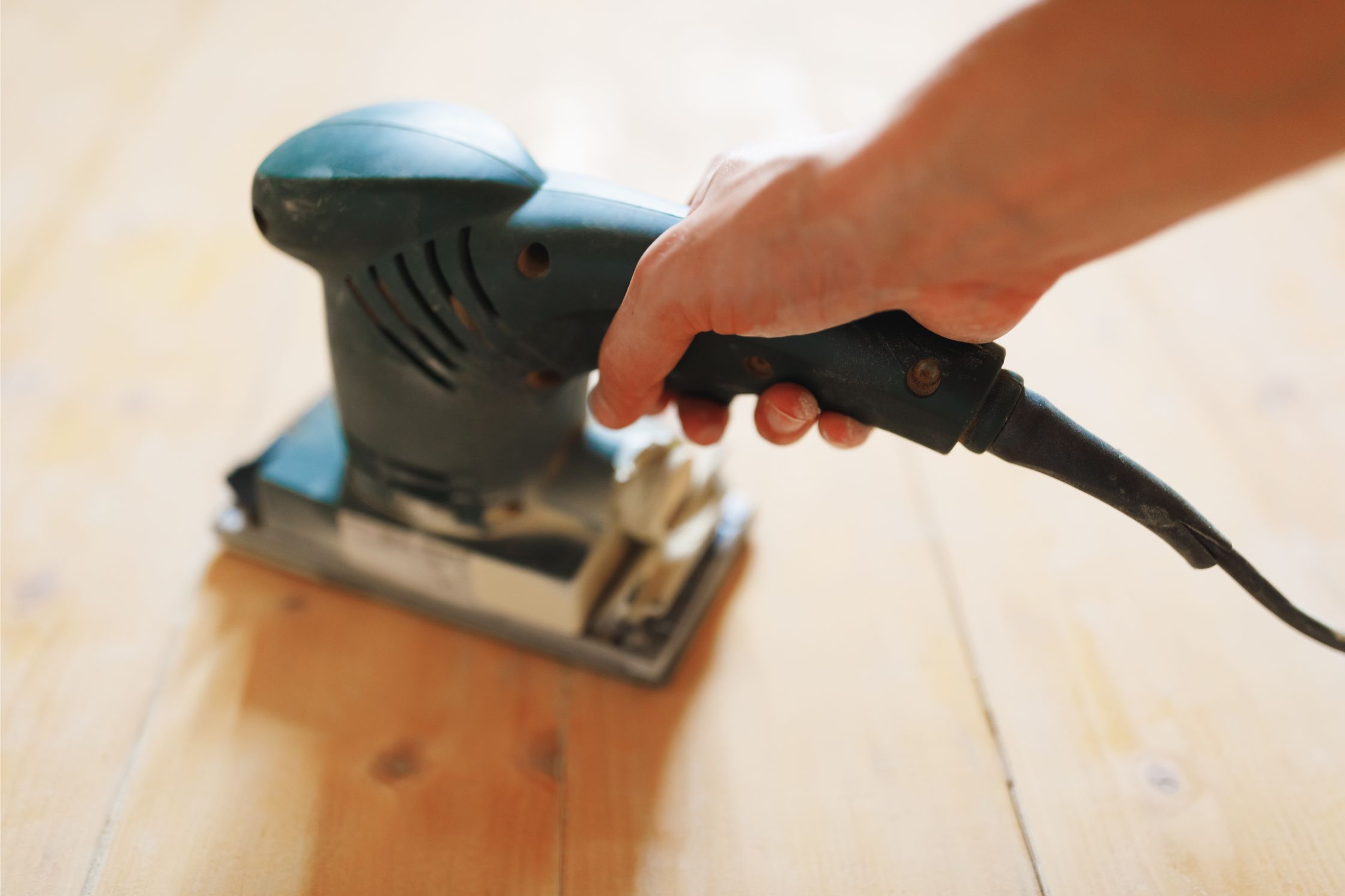
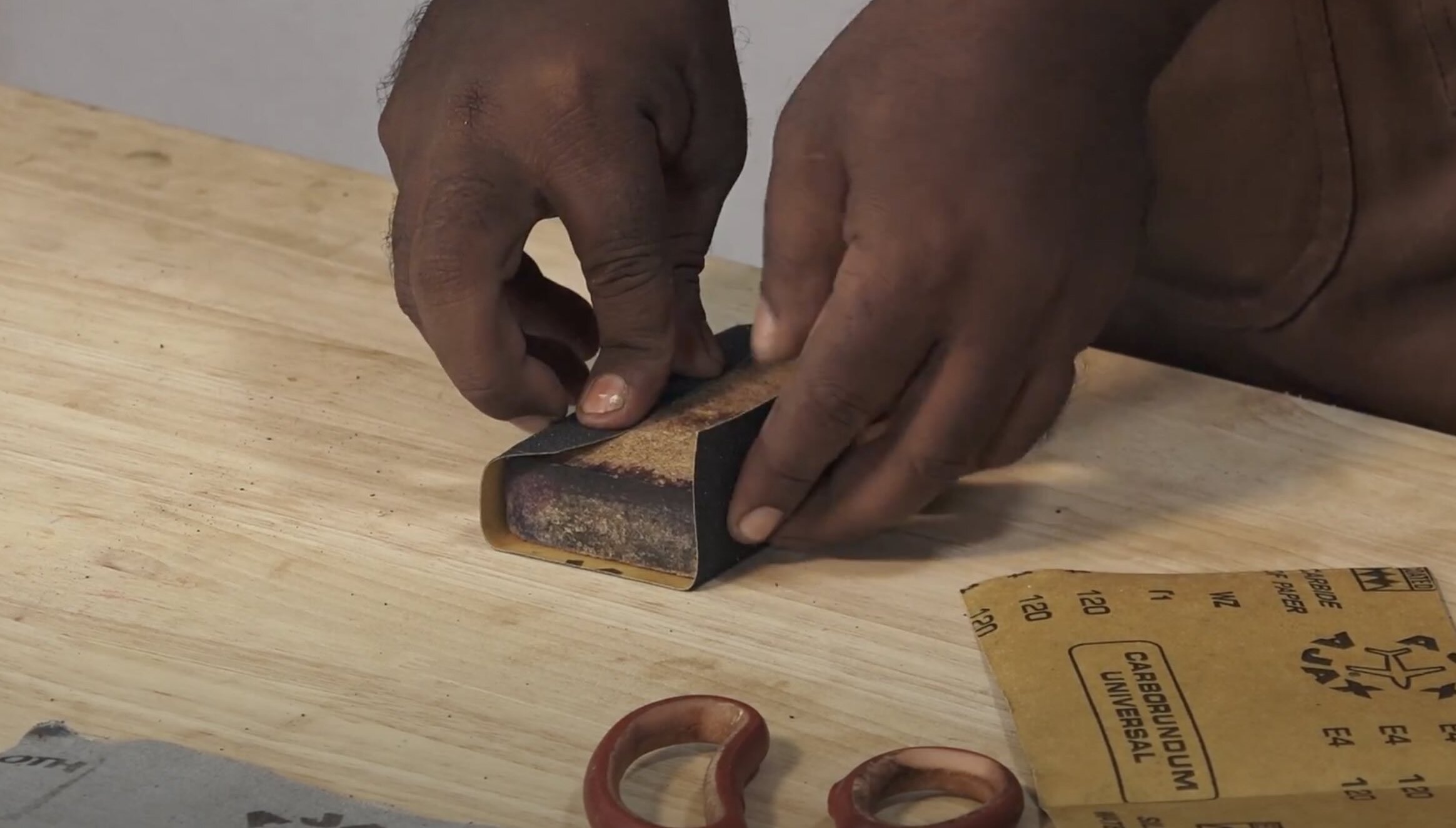



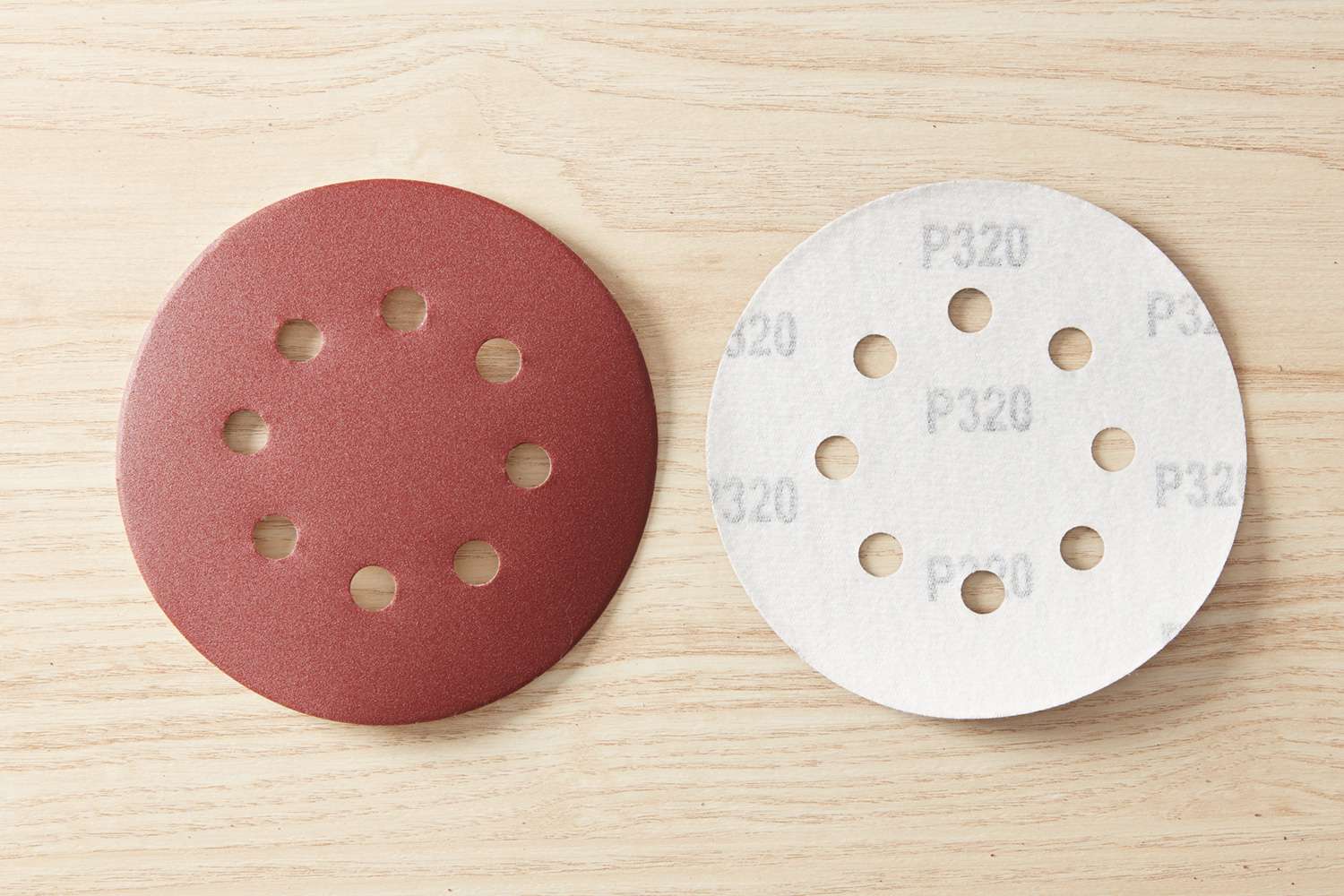
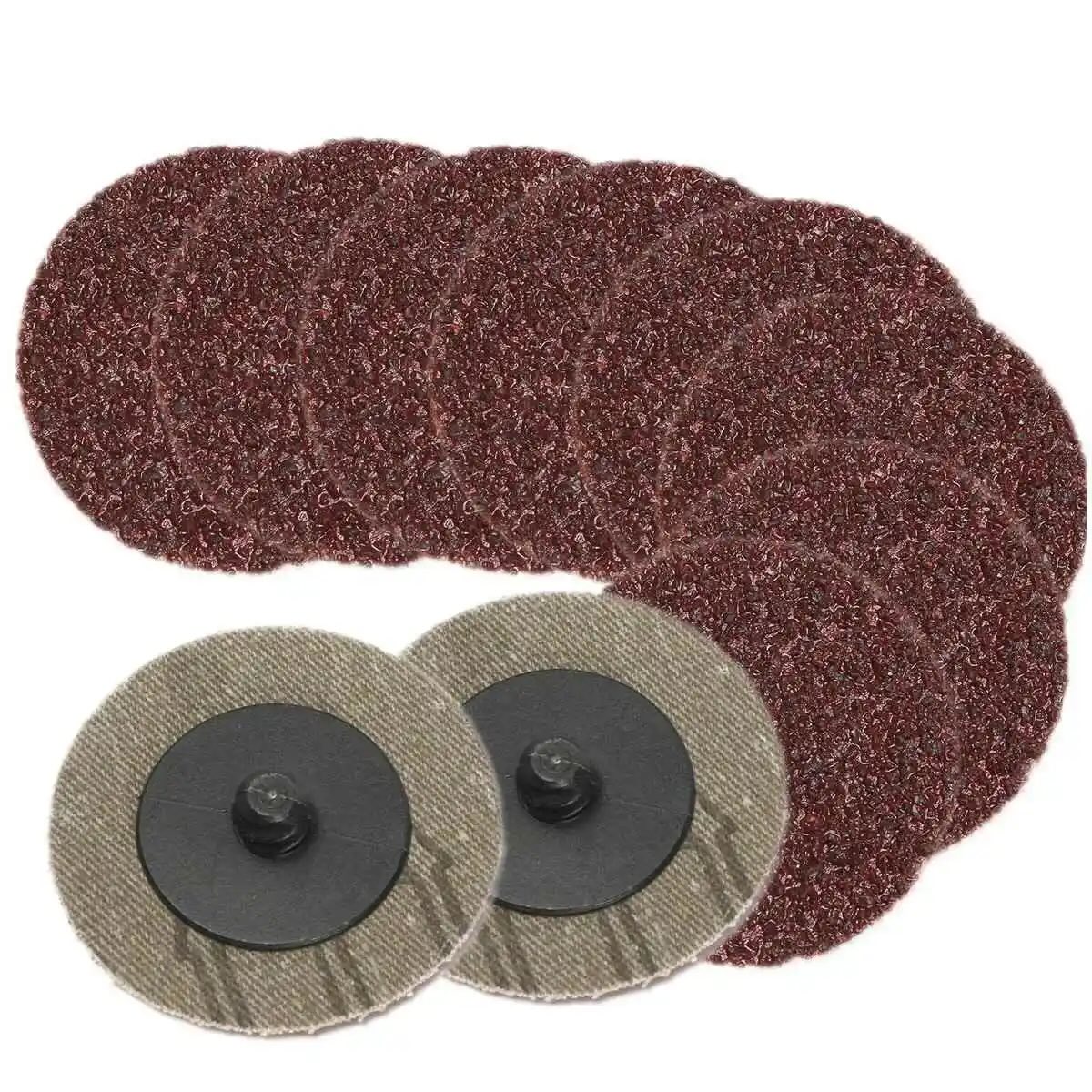
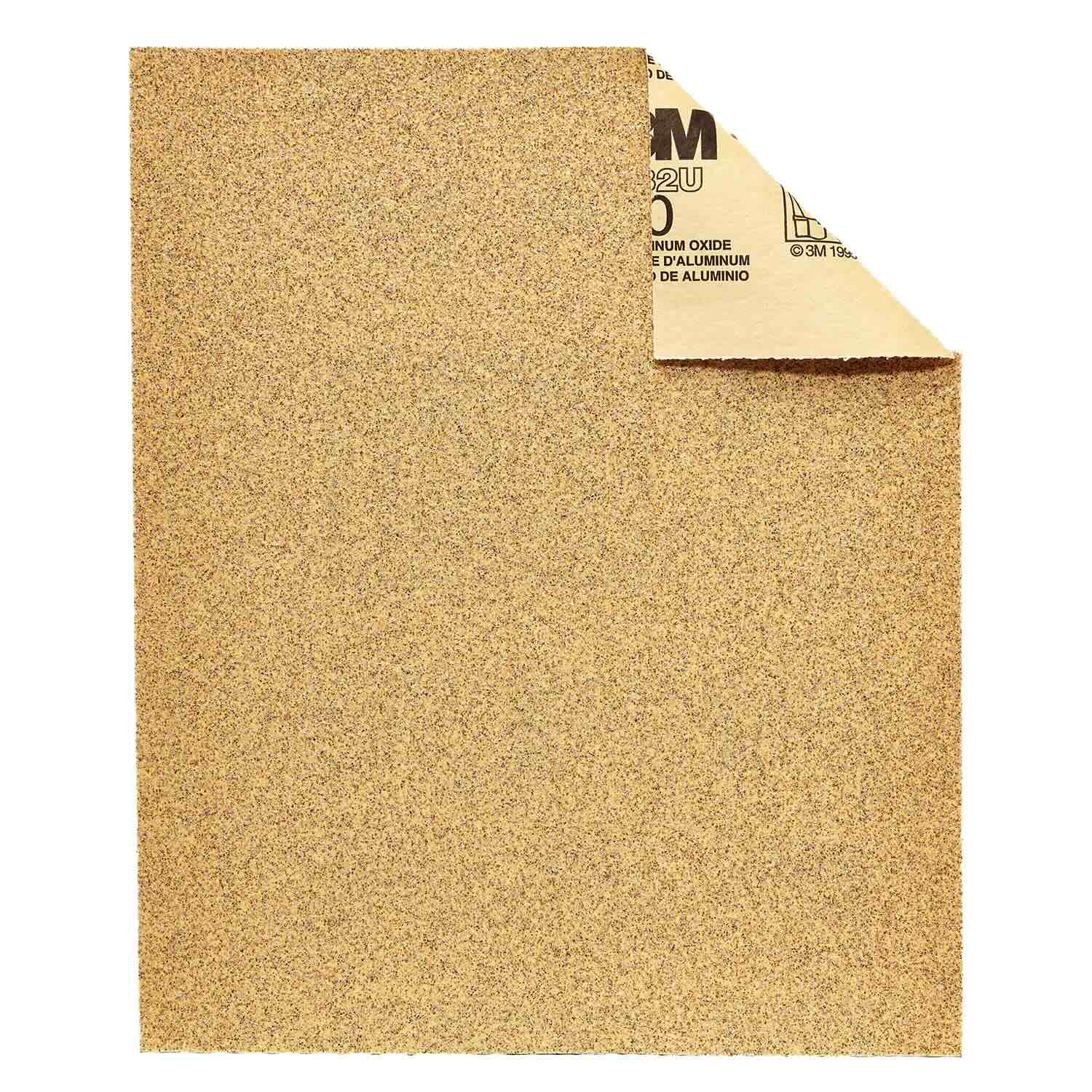

0 thoughts on “What Grit Sandpaper Do You Use For Drywall”